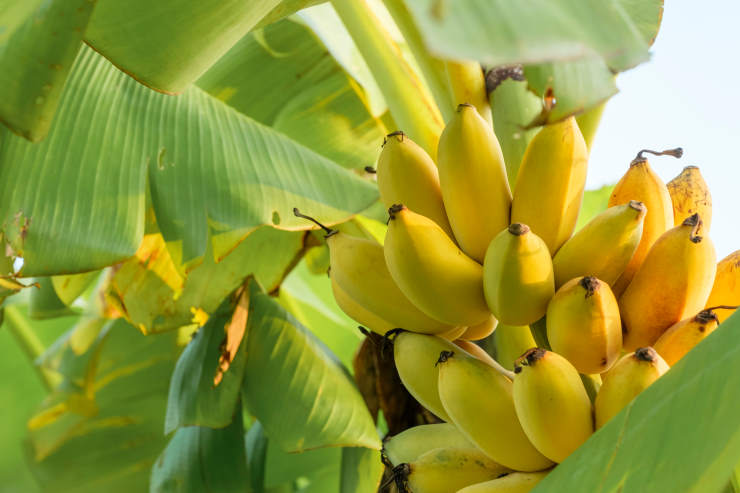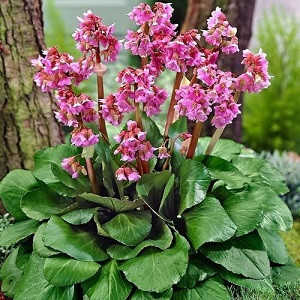Ornamental Kale for Landscaping Enhancing Garden Aesthetics with Colorful Foliage
Ornamental kale draws a lot of attention in landscaping thanks to its bold colors and funky texture. It adds visual interest to gardens, especially when the weather turns chilly.
This plant gives you a tough, easy-care option that really thrives in cooler weather. The deep purples, creamy whites, and lush greens do wonders for curb appeal.
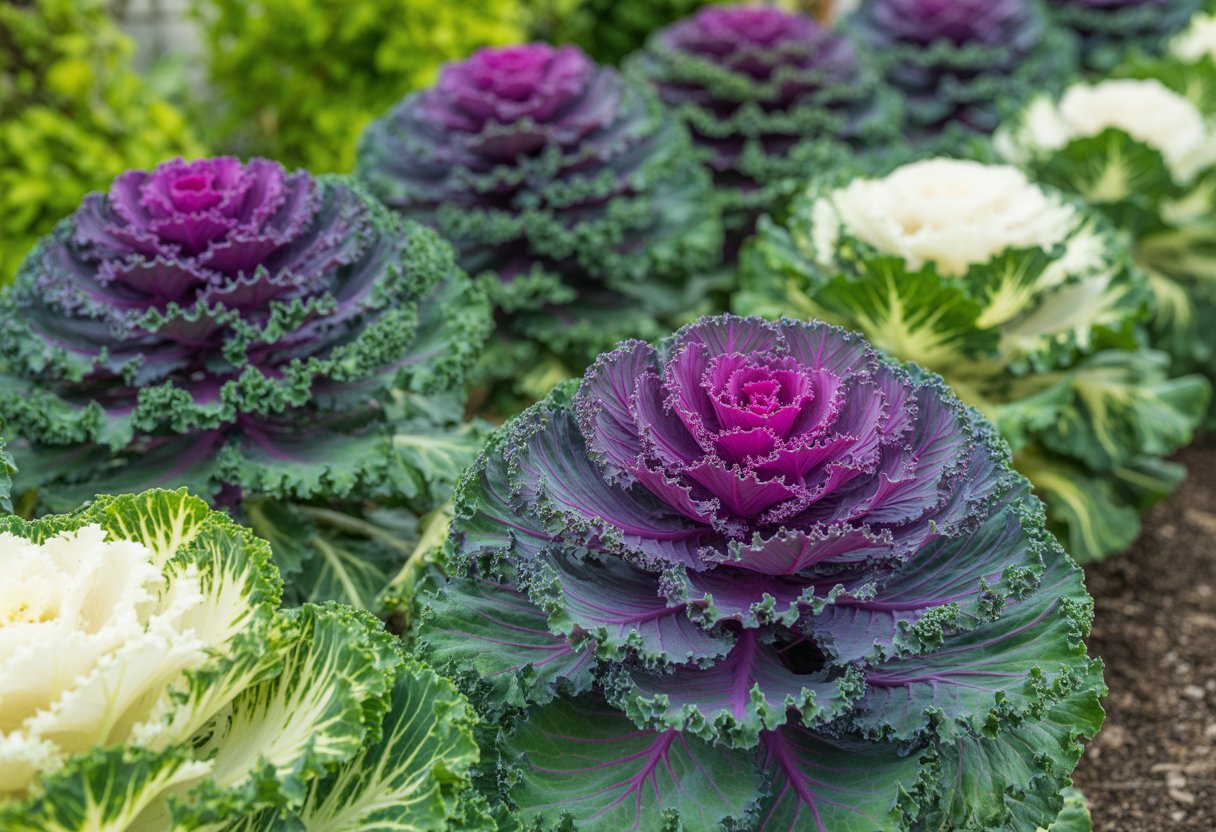
Landscapers love using ornamental kale to create showy borders or to fill those awkward spots where most plants just can’t hang on as temperatures drop.
Kale shrugs off frost, so it shines in fall and winter garden designs.
Besides just looking cool, ornamental kale brings structure and strong color contrast to the landscape. You don’t have to fuss over it much, which is a win for both pros and DIY gardeners.
What Is Ornamental Kale?
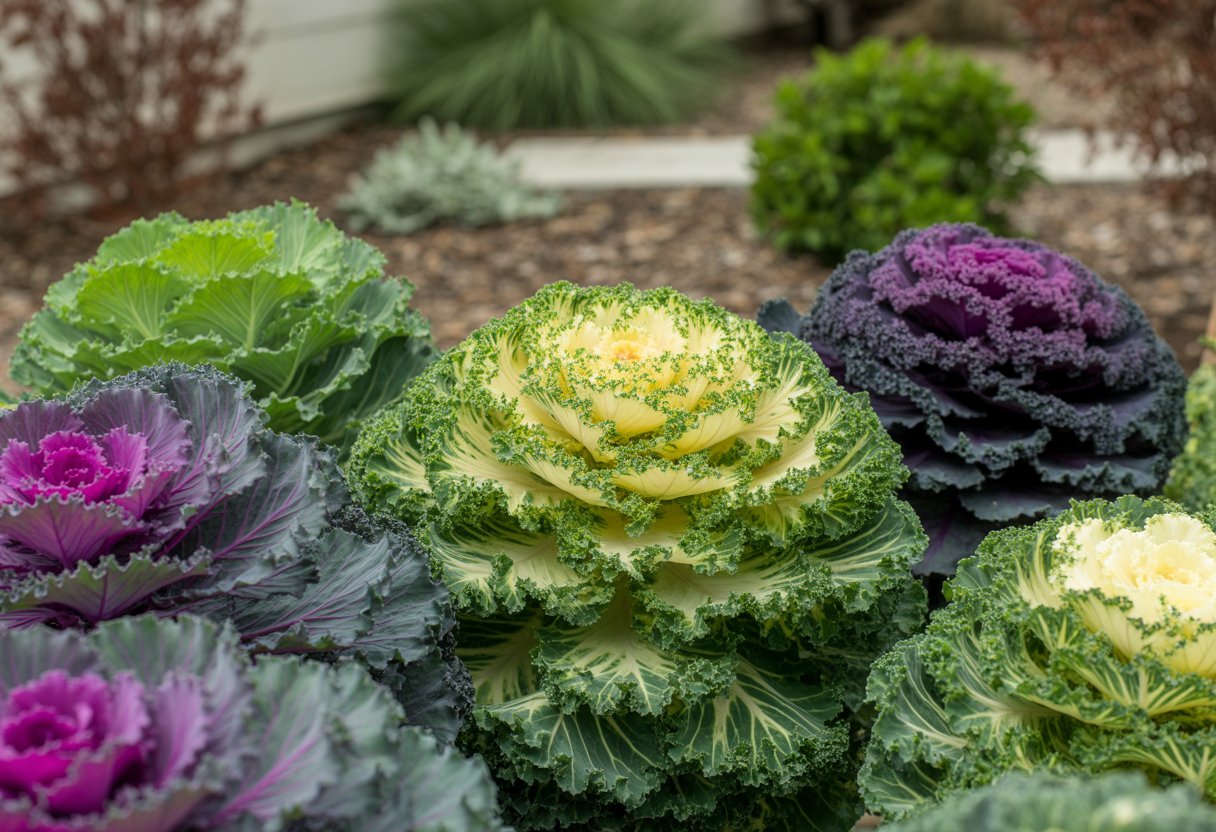
Ornamental kale belongs to the Brassicaceae family, and it’s famous for those colorful leafy rosettes. It’s related to cabbage and broccoli but stands out with its dramatic looks and habit that works so well for landscaping.
Overview of Brassica oleracea
Brassica oleracea covers a whole bunch of familiar veggies: cabbage, broccoli, kale, you name it. Ornamental kale is a special variety bred for looks, not for eating.
You’ll spot its ruffled, vibrant leaves in shades from white and pink to purple and red. It loves cooler climates and handles frost like a champ.
Since it’s a brassica, it grows like its cousins and can attract the same bugs.
Differences Between Ornamental Kale and Ornamental Cabbage
Both are Brassica oleracea bred for show, but they’re not twins. Ornamental kale has finer, more textured leaves, while ornamental cabbage leaves are broader and smoother.
Kale’s leaves usually show off deep frills and a matte look, but ornamental cabbage leaves feel waxier. The colors overlap, but kale often surprises you with more shades and patterns on one plant.
You can technically eat either, though they’re grown for looks. Kale’s leaves are usually tougher, which makes it better for certain landscaping styles.
Life Cycle and Growth Habit
Ornamental kale is usually a biennial, taking two years to finish its life cycle. In the first year, it forms that classic colorful rosette; if you leave it alone, it’ll flower in the second year.
Plants typically reach about 12-18 inches in both height and width. They like full sun but don’t mind a bit of shade, and they prefer well-drained soil.
Their cold tolerance is a huge plus for late autumn and early winter gardens. Unlike a lot of ornamentals, they don’t fade when frost hits.
Choosing and Planting Ornamental Kale for Landscape Design
If you want ornamental kale to thrive, you’ll need to pick the right varieties and plant them in the right spot. Start with good seeds, prep the site for sun and drainage, and decide if you’re going with beds or containers.
Selecting the Best Varieties
Ornamental kale offers all sorts of colors, leaf shapes, and sizes. You’ll see ‘Nagoya Red’ with its deep red centers, or ‘Ogon’ for a bright yellow-green pop.
Pick hardy types that can handle cold and keep their color into early winter. Tightly packed rosettes usually look better in garden displays.
If your garden gets a lot of wind and rain, go for varieties with heavier leaf texture—they hold up better.
Growing From Ornamental Kale Seeds
Ornamental kale seeds like it warm—about 70-75°F is ideal for sprouting. Expect them to pop up in 7-10 days if you keep the soil moist and cozy.
Plant seeds about ¼ inch deep in a well-drained mix. If you start indoors 6-8 weeks before the last frost, you’ll get sturdy seedlings ready to go.
Thin them out to 6-12 inches apart so they have room to spread those leaves. Misting helps stop the soil from crusting over, which can block seedlings from breaking through.
Site Preparation and Sunlight Needs
Ornamental kale really shines in full sun, but it won’t sulk if it gets a bit of shade. Shoot for at least 6 hours of direct sunlight for the best color.
Soil should drain well but still hang onto some moisture. Mixing in compost boosts drainage and gives your plants a little nutrient kick.
Skip heavy clay or soggy spots—they can rot the roots. Loosen the soil down 8-12 inches so roots can stretch out.
Planting in Beds and Containers
In garden beds, give each plant 10-12 inches of space. This lets them fill out and keeps air moving.
Raised beds with well-drained soil help avoid soggy roots. For containers, use pots at least 12 inches deep and wide, and make sure there are drainage holes.
Pick a good potting mix meant for veggies or flowers. Water containers more often since they dry out quickly.
Mulch around plants in beds to keep moisture in and weeds out.
Caring for Ornamental Kale in the Landscape
Ornamental kale needs steady moisture, decent nutrients, and a little attention to the weather. If you keep the leaves healthy, the color will really pop in the cooler months.
Watering and Fertilizer Requirements
Keep the soil moist but not soggy. Water deeply once or twice a week, depending on how much it rains and how warm it is.
Don’t drown the roots—too much water leads to rot. Feed your plants with a balanced, slow-release fertilizer (like 10-10-10) every 4 to 6 weeks.
Too much nitrogen makes the leaves greener but dulls the fall color, so don’t overdo it.
Adapting to Frosts and Cold Temperatures
Kale actually looks better after a light frost—the colors get more intense. Cold temps help soften the leaves and boost pigment.
If temps drop below 20°F (-6°C), you might want to throw on row covers, especially in really cold zones. Watch out for sudden freezes, especially if the plants are wet, since that can cause damage.
Maximizing Fall Color and Visual Appeal
As fall comes on, ornamental kale’s colors get stronger when chlorophyll fades and other pigments step up. Keep the soil evenly moist and cut back on nitrogen in mid-summer to help those colors shine.
Full sun is best for top-notch leaf color. Too much shade slows down the color change.
Pull off any yellow or damaged leaves to keep things looking tidy through fall and into early winter.
Ornamental Kale in the Garden Ecosystem and Beyond
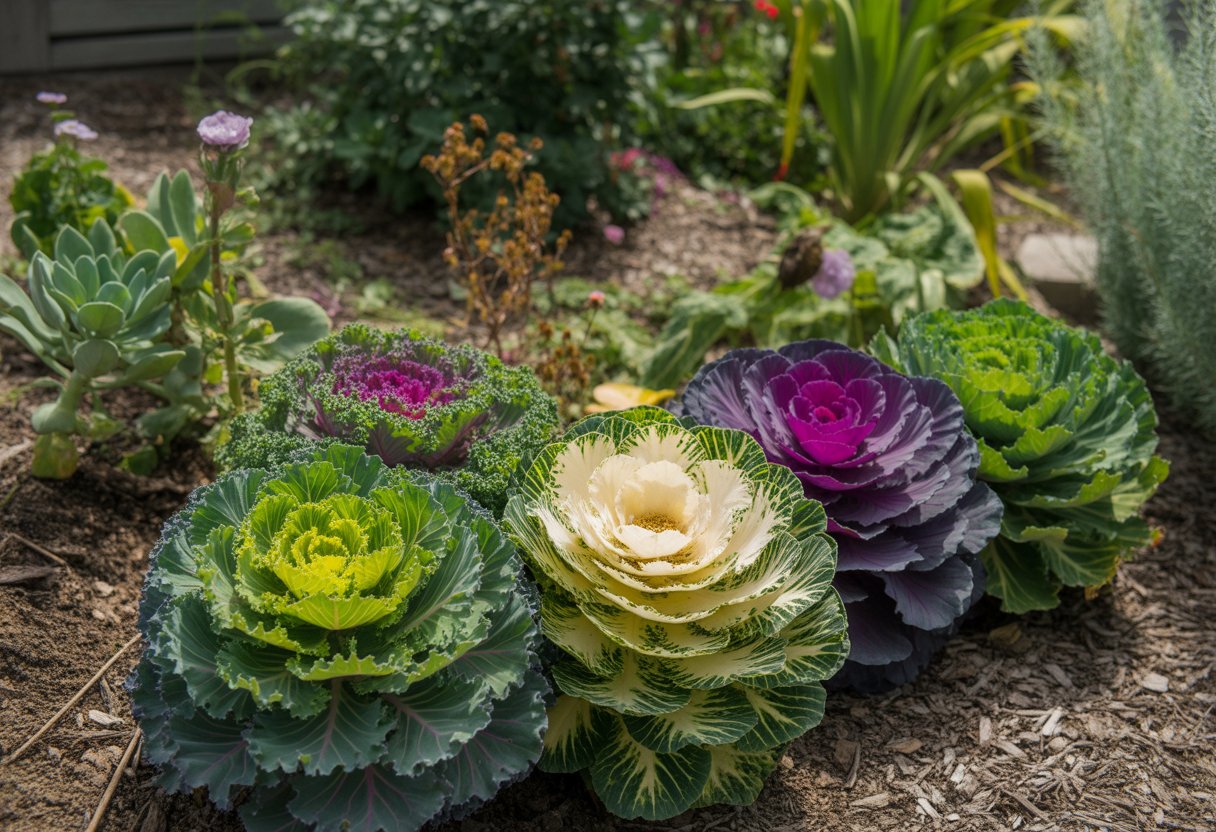
Ornamental kale fits right into most garden ecosystems. It looks great, but it also pulls its weight in other ways.
Combining With Other Brassicas and Plants
Kale grows happily with other brassicas—think broccoli, cabbage, or even edible kale. Since they all like similar soil and sun, you can mix them in borders or veggie patches without much trouble.
Those dense rosettes do double duty as living mulch, helping keep weeds away from fussier plants. Pairing kale with ornamental cabbages amps up the color contrast, since they share a genus but bring different textures.
Just don’t crowd them. Good spacing keeps the air moving and helps prevent pest problems like cabbage worms or aphids.
Mixing these plants can boost biodiversity and still keep your garden looking pulled together.
Edibility and Uses as Garnish
Ornamental kale is technically edible, but let’s be real—it’s mostly grown for its looks, not for flavor or tenderness. The leaves are usually tougher and more bitter than regular kale or cabbage.
Some chefs and home cooks like to toss its colorful leaves onto plates for a pop of color and texture. If you go this route, make sure to rinse the leaves really well, and honestly, use them sparingly because the taste can be pretty bitter.
It’s not really something you’d want to eat as a main veggie, but it does make dishes look more interesting. Using ornamental brassicas this way sort of blurs the line between gardening and food presentation, which is kind of fun if you ask me.

